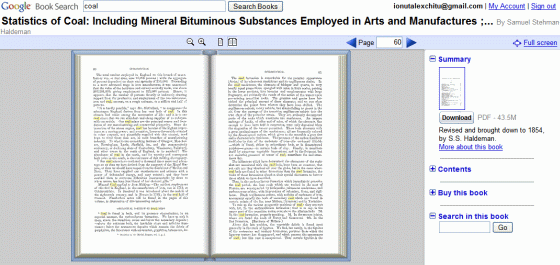Chances are that you are making many, if not all, of these 5 copywriting mistakes. I call them "deadly" because they're killing your sales and your profits.
Let me make you a bold promise: examine your own sales copy and eliminate these copywriting mistakes, and you will see an instant improvement in your sales.
Let's get started:
Deadly Mistake #1: Being Focused On You, Instead Of On Your Market
This is the easiest mistake to make, and the most common. Most ad copy is focused on the advertiser, not on the consumer. Big mistake.
When you read copy that says things like, "We're the best in the industry… we've been in business since 1979… we have the most well-trained associates… our facility has won many industry awards…" what is your reaction?
Most likely, your reaction is, "So what? What does that mean to me and my life?"
If youre using copy that says "we", "us", and "our" a lot find a way to change that copy so that it says "you", and "yours". Speak about the things that matter to your customer.
Here's a hint: those things are probably not what you think they are. Why not ask your customers? They know the answer, and they'll be glad to share it with you if you're wise enough to listen.
Deadly Mistake #2: Using a Weak, Wimpy, or Just Plain Bad Headline
In the beginning, you only have one chance to grab the readers attention. That chance is the headline. Make sure your headline is strong, aggressive (without being pushy), and compelling.
Think of your headline as the sales pitch to get the prospect to read the whole ad. It has to be compelling enough that the reader thinks, "Hey, if this is true, I need to know about it…"
You get one shot. You can't afford to blow it.
A poor headline for an automotive shop: "Our Experienced Staff Can Tend to Your Every Automotive Need, And Are ASE Certified with the Guaranteed Lowest Prices."
A much better headline for the same client: "Are Hidden Mechanical Problems With Your Car Threatening The Health And Safety Of Your Family? This 9-Point Safety Inspection Could Save Their Lives And Give You Peace of Mind…"
Deadly Mistake #3: Not Using Enough Bullets
Bullets break up your copy into short, readable bursts. Especially on the web, people tend to scan copy before they read it; breaking your benefits into bullets increases the chances your copy will "catch the eye" and thus get read.
To recap the benefits of using bullets:
- Breaks up copy (just like this) into short pieces.
- Makes the copy easier to scan.
- Makes it easier to pick out key words and phrases.
- Gets more of your copy read.
- Makes you more sales.
- The more the better.
Deadly Mistake #4: Using big words and jargon.
Copy should read like conversation; it should flow naturally and be easy to process.
Using big words and jargon might sound impressive, but it won't get you sales. Which would you prefer?
Use strong, punchy words. Write simply and clearly.
Read Strunk & White's Elements of Style and follow its advice. Avoid jargon.
Deadly Mistake #5: Using Weak, Wimpy, or Just Plain Bad Sub-Heads
"Subheads" are the "mini-headlines" that break up your copy into sections — just like the sentence that precedes this one. Subheads are usually set apart in a different type style (bold typeface, or perhaps a different color).
You should use subheads every 3-4 paragraphs in your copy. Make subheads strong and compelling; think of them as headlines for each section of your copy.
If read in sequence, the subheads should sound like an abbreviated version of your sales pitch (which is what they are). Subheads done correctly are a way to "stop the eye", catch the reader's interest, and get him to slow down enough to read that section.
What to Do Now
Heres your "takeaway": grab your own current sales copy, this list of copy mistakes, your favorite beverage, and go through your copy line-by-line.
Ferret out these mistakes and eliminate them from your copy.
Do it now, and don't put it off.
You'll be glad you did.
And if writing is "not your thing" — hire a professional. Having great copy is the single most important tool you have at your disposal to sell your products or services.

